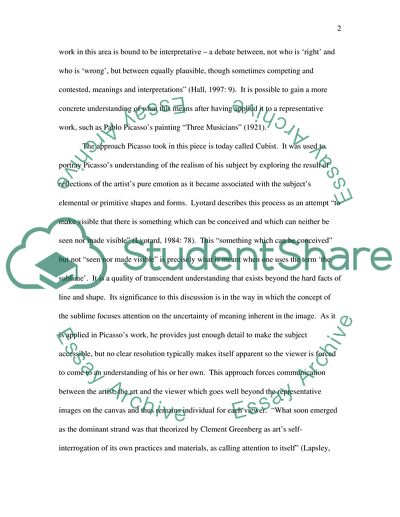Cite this document
(“Picassos Three Musicians Research Paper Example | Topics and Well Written Essays - 1250 words”, n.d.)
Picassos Three Musicians Research Paper Example | Topics and Well Written Essays - 1250 words. Retrieved from https://studentshare.org/visual-arts-film-studies/1566130-picassos-three-musicians
Picassos Three Musicians Research Paper Example | Topics and Well Written Essays - 1250 words. Retrieved from https://studentshare.org/visual-arts-film-studies/1566130-picassos-three-musicians
(Picassos Three Musicians Research Paper Example | Topics and Well Written Essays - 1250 Words)
Picassos Three Musicians Research Paper Example | Topics and Well Written Essays - 1250 Words. https://studentshare.org/visual-arts-film-studies/1566130-picassos-three-musicians.
Picassos Three Musicians Research Paper Example | Topics and Well Written Essays - 1250 Words. https://studentshare.org/visual-arts-film-studies/1566130-picassos-three-musicians.
“Picassos Three Musicians Research Paper Example | Topics and Well Written Essays - 1250 Words”, n.d. https://studentshare.org/visual-arts-film-studies/1566130-picassos-three-musicians.


